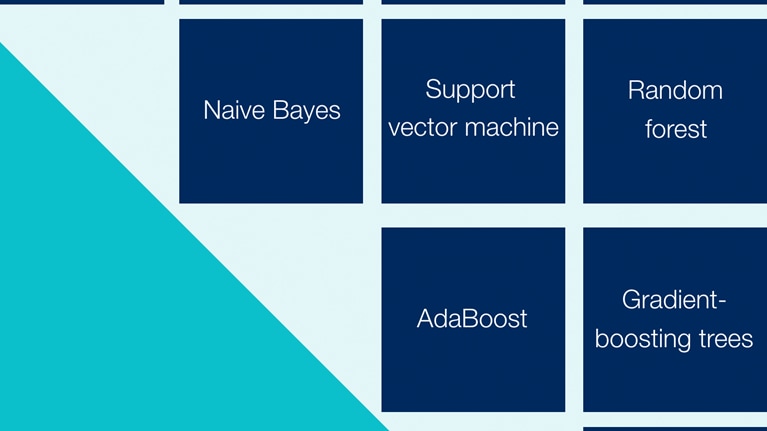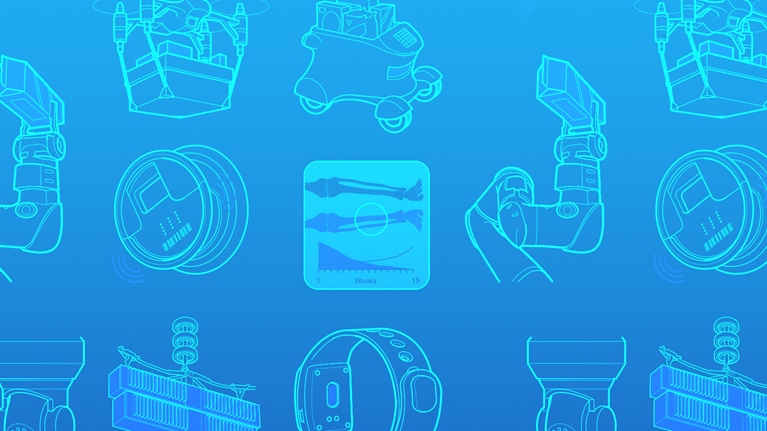As companies continue their march toward digitization, they’re increasingly adding artificial-intelligence (AI) techniques to their value-creation toolboxes. In this conversation with Bill Ready, chief operating officer at PayPal, he explains how cloud platforms are making AI available to a wider set of users, unlocking a plethora of opportunities. However, access to these technologies and the digital economy is not distributed evenly across the population. Opening up access to all could create a new trajectory for future economic growth. An edited transcript of Ready’s remarks follows.
How the cloud has opened the AI playing field
When you think about where AI is in terms of adoption, I think we’re just at the very beginning. It’s just starting to be practical for AI to be used by a broader set of people. I remember in the early days of mobile or smartphones, when we said, “Mobile will be the primary computing device; people will buy everything with it.” This was around the time of the first-generation iPhone, before the iPad. And people would respond, “This tiny little touch-screen device? People will buy only dollar downloads and ringtones.” So to say that people would conduct the majority of their commerce on smartphones sounded outlandish and crazy.
Now that AI and machine learning are available via cloud platforms, which is democratizing access to them, it feels a lot like mobile was in 2010 or 2011. It sounds a bit outlandish to many to say, “We think that many people can engage in these capabilities.” However, it is in fact the case that you now have great platforms making this technology available.
And I think you’re going to see, over the next five, six, seven years, an explosion of use cases where people experiment with different things that they never could have done on their own if they had to build up the foundational capabilities themselves.
The winner in AI, up until this point, has been whomever had the best computer-science PhDs. But now that you have platforms democratizing access to these capabilities, I think there will be a shift. Now the winner is going to be whomever comes up with the best practical applications of these technologies.
Where to apply AI and machine learning
The fundamental concept of machine learning is taking a big data set and applying it in a way that you can have a machine learning from positive and negative outcomes to figure out how to correlate the two. And if you talk to somebody who knows their business, it’s not really about the computer-science aspect as much as it is about asking, “Where are the natural feedback loops in the business? Where are there opportunities for catalogued positive and negative outcomes to be stored in a repository and fed into these systems?” And every business has feedback loops.
For people that don’t necessarily understand the technology, they should think about how their organization learns and realize that every place where the organization learns and every place where there’s a feedback loop likely presents opportunities to apply AI and machine-learning technologies. And there are now foundational platforms available that can allow them to do that.

An executive’s guide to AI
The reality is that you can start training through machine learning now. You need large data sets, but you don’t need billions of data points. Even small to midsized businesses are going to find that there will be applications where they can start to consume a lot of these types of capabilities.
Here is an example with PayPal: We use a lot of machine-learning technologies in the area of fraud and risk capabilities. PayPal One Touch now has more than 70 million users. It’s become the most rapidly adopted product in the history of PayPal. We are able to give a user a seamless buying experience—no password or fingerprint required—because we’re able to consume hundreds of data elements on any one transaction and secure the user better using those elements than if the user had given us a password.
This is leading to a lot of new commerce that wouldn’t have otherwise happened. It’s not necessarily about taking cost out of the system, but instead it’s about a lot of revenue that can be put into the system when you create these kinds of great experiences leveraging these technologies.
Bringing AI and digital access to all
Today, technology is not evenly distributed. And access is not necessarily evenly distributed. That’s also something that we think a lot about. How can we give many, many more people access to participate in the digital economy?
That can be on the consumer side with the underserved and the underbanked. If these people are having to transact in cash, they’re being held out of the digital economy. If you only have cash, you can’t take an Uber, which tends to be cheaper than the cost for a taxi. So it’s expensive to be poor. What if we can democratize access for those consumers?
We’re also saying, “What if we can take the capabilities of the largest players and then democratize access so that everybody can play?” How much good could that do in the world? And whether that’s for consumers, small businesses, or everyone, we need to make sure that there’s access to these technologies because they offer such tremendous potential.
As an example, in the start-up ecosystem, look at what’s happened with cloud-based technologies; there’s actually quite an explosion of start-ups. Small businesses, depending on what stats you look at, comprise 60 to 70 percent of the jobs in most countries. So if we can get small businesses access to the digital economy, that’s about 60 to 70 percent of the jobs that would then have a whole new vector of future growth.

